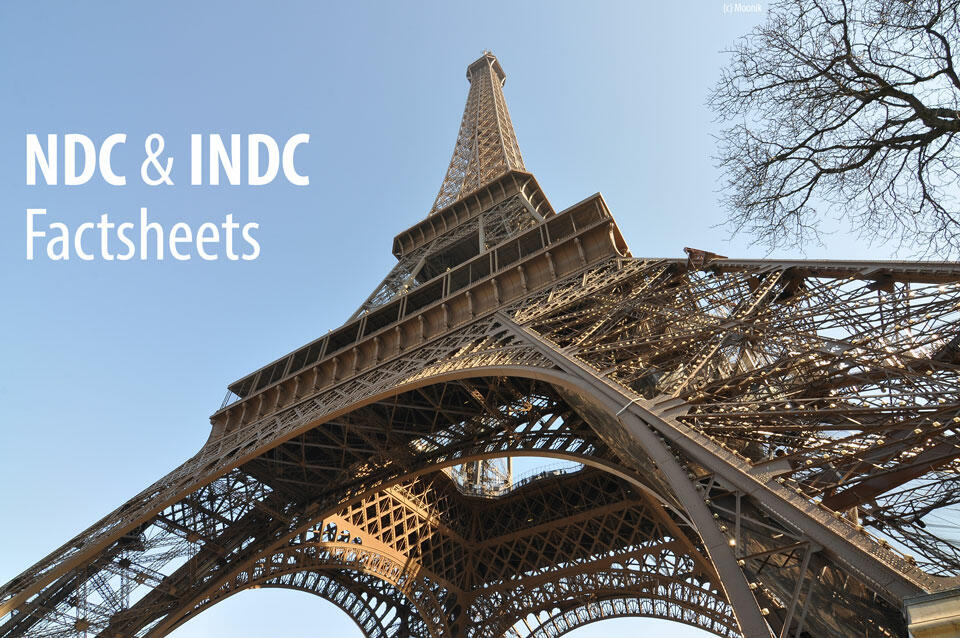NDC & INDC Factsheets

With the conclusion of the Fiji COP23 in Bonn, November 2017, there are now 170 parties that ratified the Paris Agreement and all signed it, with only one Party indicating their wish to withdraw (the Trump administration). At the point of ratification, the Intended Nationally Determined Contributions (INDCs) turn into the Nationally Determined Contributions (NDCs). Most countries went forward with keeping the INDCs as is, Morocco updated its INDC, basically adding a landuse component, and North Korea presented a new NDCs, as they hadn't submitted an INDC before.
In total, there are now 170 NDCs and INDCs covering 195 countries, who are collectively responsible for basically all of human-induced global greenhouse gas emissions.
Together with our colleagues from the Potsdam Institute's portal (www.pik-potsdam.de/primap-live/), our portal is the only one we know of that provides a comprehensive overview of all submitted NDCs and INDCs with quantification where possible. The (I)NDC factsheets are in fact a collaboration with the PRIMAP group at the Potsdam Institute for Climate Impact Research. as some of our other products, like the climate spirals.
Below, you will find factsheets for every individual country that submitted an NDC and/or INDC before 3rd October 2017 - as listed in the INDC and NDC registries. Check our twitter feed @ClimateCollege for update announcements.
Final note: Where a factsheet has a yellow warning sign at the top we are indicating that either we struggled to quantify that NDCs or INDCs, we found strongly mismatching data, or we encountered some other issue. That's it! Enjoy... with caution.
Malte Meinshausen & Ryan Alexander
(Authors of the Factsheets - building on a big team effort)
Check out individual country factsheets
Click the name of the country in the table below for individual NDC & INDC Factsheets.
You can find bulk download of our factsheets and archived previous versions here.
Also check out our other useful INDC resource:
www.mitigation-contributions.org - Our website that allows you to manipulate G20 country targets and determine what INDCs "should" be to track a least-cost trajectory within 2°C of warming.
And have a look at these great resources from other research groups:
www.climateactiontracker.org - An in-depth analsysis site that looks at around 35 INDCs from major countries and rates them.
live.primap.org - A selection of interactive tools around INDCs and emissions scenarios from our partner group at the Potsdam Institute of Climate Impact Research.
cait.wri.org/indc/ - The Climate Data Explorer INDC analysis by the World Resources Institute.
www.unep.org/climatechange/pledgepipeline - A compilation of INDCs in an Excel table with useful collection of requested financial support data.
infographics.pbl.nl/indc/ - The PBL Netherlands INDC Pledge tool, a graphical world map with online emission series.
sustainable.unimelb.edu.au/beyond-paris - A collection of useful resources for before, during and after COP21 in Paris provided by our parent institute, the Melbourne Sustainable Society Institute.
